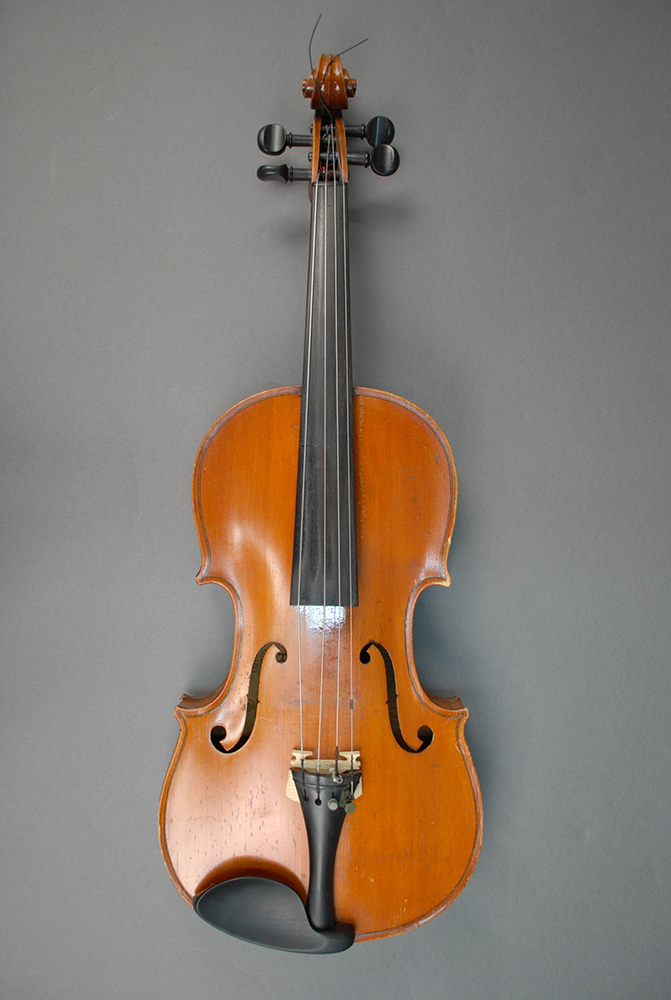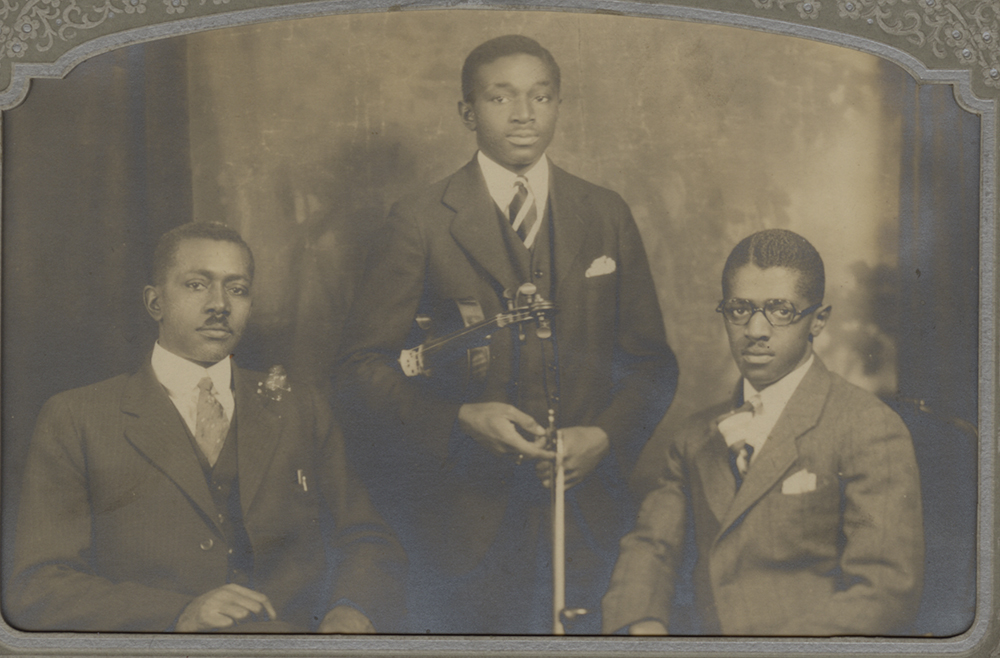
Like many other major American city school districts, Pittsburgh’s public school system has a history of discrimination against African American educators. Unlike its recent history during the post-World War II era, Pittsburgh Public Schools held a de facto restriction against hiring African American educators from the 1870s to the 1930s. But the growing population of African Americans during the first half of the 20th century dictated that changes in the district’s hiring practices needed to be made. A trickle of black educators taught as part-time or substitute teachers before 1936. In its August 1916 issue, Crisis Magazine printed that “Miss Eleanor Pulpress is the first colored teacher to be appointed in the public schools of Pittsburgh.” However, there is no record of Miss Pulpress as a full-time teacher in the school system. Most likely Pulpress was the first appointed to teach as a substitute or part-timer.
For decades, the Pittsburgh Public Schools school board and superintendent professed that African Americans were not qualified or that white students would not learn from black teachers. Things began to change between the war years, after World War I in 1919 and before World War II in 1941. This period that also included the Great Depression from 1929 to 1941, witnessed the election of Pittsburgh’s first African American state representative in Homer S. Brown in 1934. One of Brown’s first initiatives as chair of the state appropriations committee was to investigate the Pittsburgh Public Schools’ board hiring practices. Brown looked at the roster of 3,300 teachers and did not see one African American. Brown’s point was that the board was comfortable in denying equal opportunity to African American teaching applicants and would restrict African American teachers from instructing white students. By limiting African American teachers to Hill District schools only, the school district could maintain segregated schools, negatively impacting teacher employment and students as well. In its efforts to maintain segregation, the district discriminated against qualified African American educators such as Paul Lawrence Peeler.

Paul Lawrence Peeler Sr. graduated from the Carnegie Institute of Technology (now Carnegie Mellon University) in 1932 with a Bachelor of Arts in music education. The Carnegie Tech School of Music would graduate its first African American students in Peeler and James Miller. Miller would serve as a piano teacher to jazz pianists Ahmad Jamal and Horace Parlan and was active in music culture around Pittsburgh. Peeler received an additional degree from the Carnegie Institute in 1933 when he earned a Bachelor of Arts in Violin. Between 1936 and 1970, he completed graduate study and attended workshops at Carnegie Mellon University; the University of Wisconsin, Milwaukee; Elon University, North Carolina; Boston University; and Northwestern University. In 1937, he became the first African American teacher hired by the Pittsburgh Public Schools system. Peeler had impressive credentials and was more than qualified to teach music in the Pittsburgh Public Schools. He would teach music at the elementary and junior high school levels from 1936 until his retirement in 1970.[i]
As the district’s first full-time African American educator, Peeler was a pioneer in black education. His perseverance in overcoming racist discriminatory practices during the pre-WWII era helped to usher in a new generation of African American educators, including John Brewer, Helen Faison, Doris Brevard, and other educators who would diversify and integrate Pittsburgh Public Schools.
[i] Biography of Paul Lawrence Peeler, Paul Lawrence Peeler Papers, Detre Library & Archives at the History Center.
Samuel W Black is the director of the African American Program at the Heinz History Center.